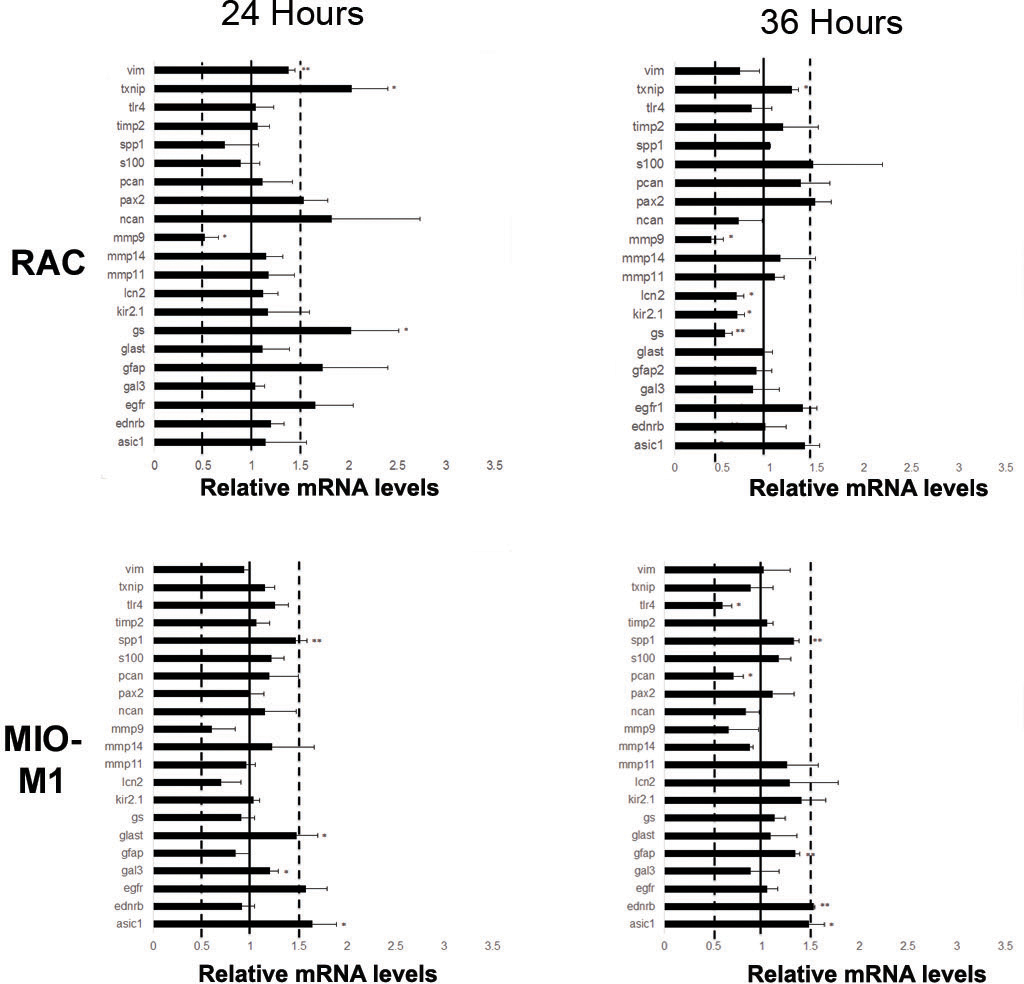Figure 5. Retinal astrocytes and MIO-M1 cells show an attenuated response to bone morphogenetic protein 4 (BMP4). Retinal astrocytes
(RAC) and MIO-M1 cells were treated with BMP4 and mRNA isolates from samples treated for 24 h or 36 h were subjected to real-time
quantitative PCR (RT-qPCR) using the reactive gliosis panel established in previous experiments. Each sample was run in triplicate
and experiment repeated 3 times for each gene. Values represented are means±SEM. Unpaired t test was performed between the control and treated groups with * denoting a p value<0.05 and ** denoting a p value<0.005.
At 24 h, retinal astrocytes treated with BMP4 showed statistically significant increase above the 1.5-fold level in thioredoxin-interacting
protein (Txnip) and glutamine synthetase (GS) in comparison to controls, as well as a decrease in Mmp9. By 36 h, statistically significant decreases in GS and matrix metalloproteinase 9 (Mmp9) in comparison to vehicle were noted. Similarly, MIO-M1 cells treated showed small changes in acid sensing ion channel 1
(Asic1), glutamate-aspartate transporter (Glast) and secreted phosphoprotein 1 (Spp1), following 24 h of BMP4 treatment. At 36 h, increases above 1.5-fold in endothelin receptor type B (Ednrb) and Asic1 in comparison to controls were noted.

 Figure 5 of
Dharmarajan, Mol Vis 2014; 20:1085-1108.
Figure 5 of
Dharmarajan, Mol Vis 2014; 20:1085-1108.  Figure 5 of
Dharmarajan, Mol Vis 2014; 20:1085-1108.
Figure 5 of
Dharmarajan, Mol Vis 2014; 20:1085-1108. 